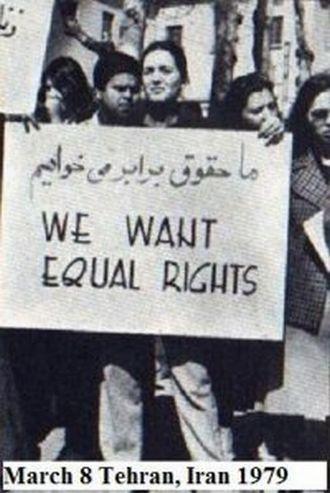Fighting hijab in Iran
As a foreign woman in Iran, the most common question I’m asked is: “What do you think about hijab?” I can often work out what answer I’m expected to give, simply by looking at whoever is asking. Some obviously pious women, usually without a single strand of hair showing, want to tell me how they have been liberated …





